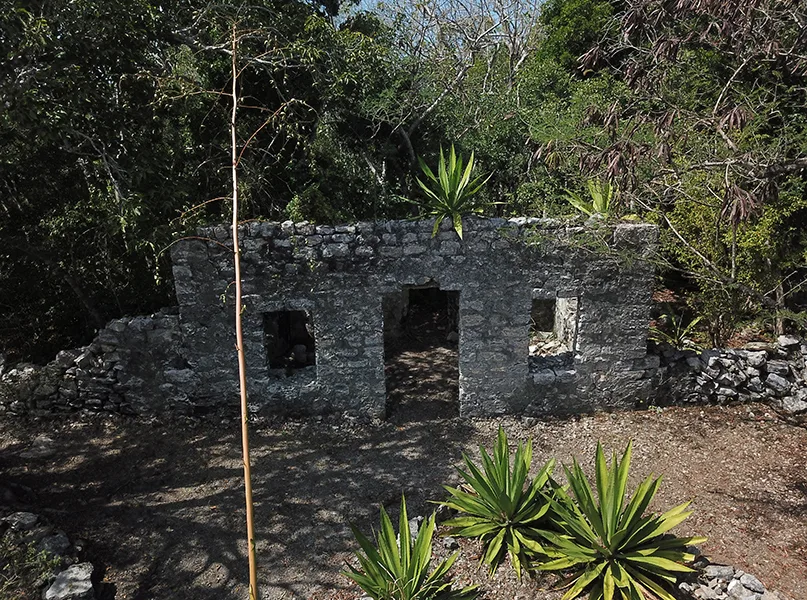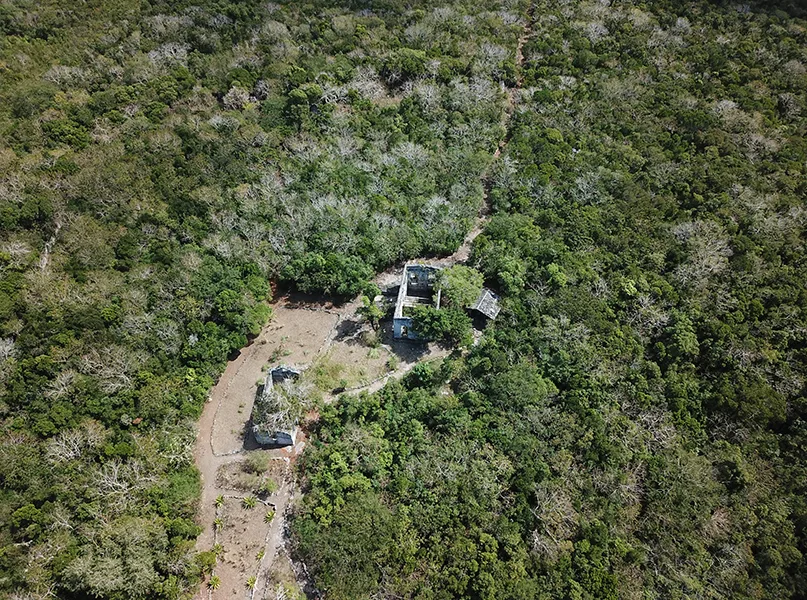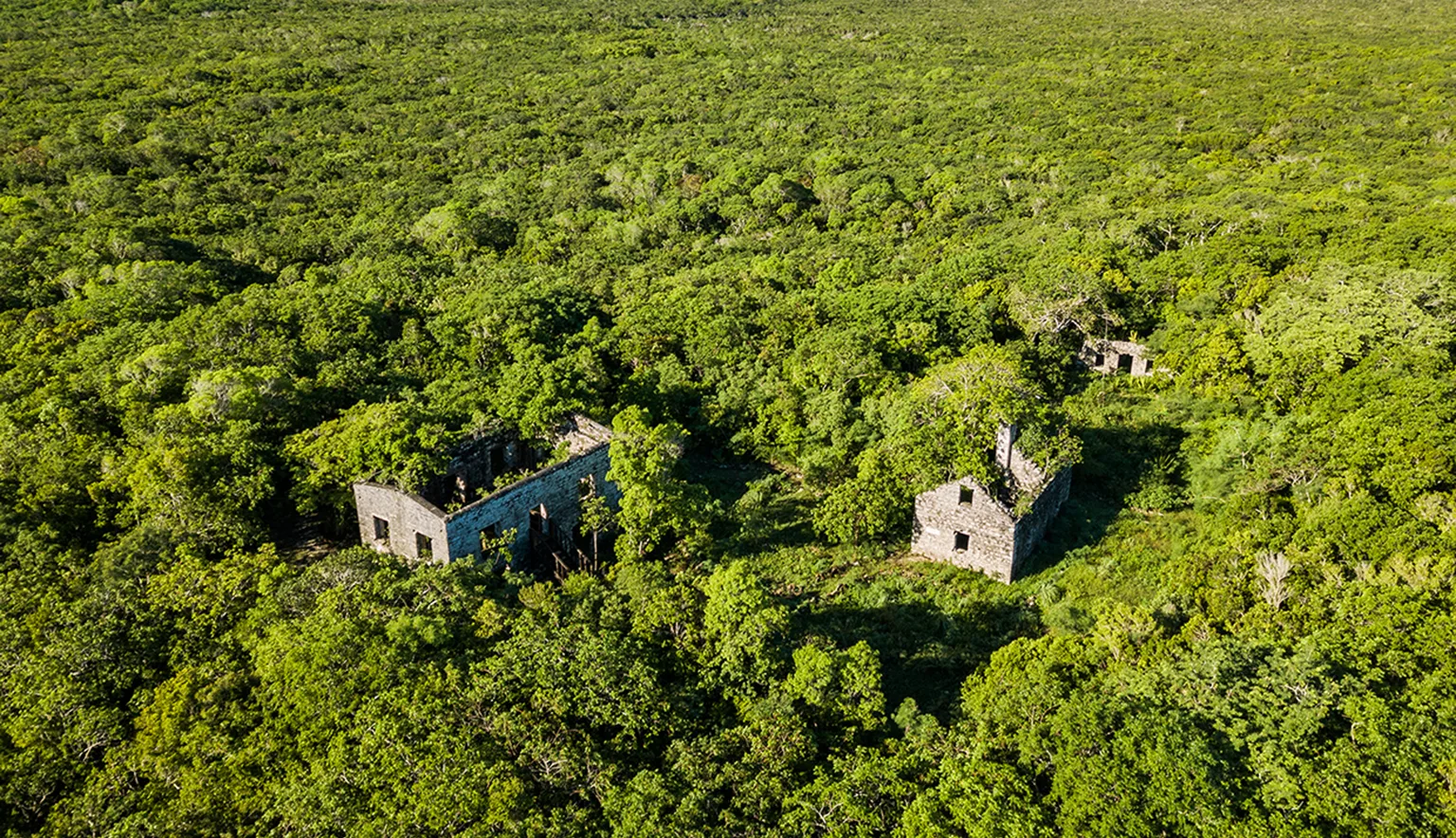Widely regarded as one of the best-surviving examples of a Loyalist plantation left anywhere in the Caribbean, Wade’s Green Plantation is a uniquely well-preserved historical agricultural site that highlights the extensive, yet heavy, history of the Turks and Caicos Islands and its modern-day inhabitants.
WADE’S GREEN PLANTATION IN FOCUS
Constructed in 1789 as a cotton plantation, the land was granted to Loyalist Wade Stubbs by the then-reigning British monarch King George III as compensation for the land Stubbs lost as a result of the US’ successful departure from Great Britain during the Revolutionary War.
As slavery was legal in British territories during this era and widely relied upon by white plantation owners, Wade’s Green Plantation was no exception. The number of enslaved people in the British Indies increased after the Revolutionary War as British Loyalists migrated to islands such as TCI, and Wade’s Green Plantation was well-known as one of the largest and most expansive sites.
The plantation is located near the Kew settlement in North Caicos, which was the centre of agriculture in the 18th and 19th centuries and now resides only a short drive away from the North Caicos ferry terminal at Bellefield Landing.

Up until about a decade ago, the plantation was almost entirely reclaimed by the surrounding vegetation, with only the main buildings being accessible. With the number of tourists and desire to reclaim the truth about the nation’s heritage both increasing, the TCI National Trust took over the site, renovating the paths to the ruins and constructing tiled plaques identifying many of the buildings.
The grounds themselves also serve as a fascinating destination for natural historians, as the ruins sit within an extensive area of Dry Tropical Forest – a rare and highly threatened habitat with crucial populations of native birds and reptiles.
Specifically, visitors can see yellow-crowned night herons, green herons, small lizards, and the harmless Caicos dwarf boa throughout the grounds, alongside plants that were once traditionally grown on the island, such as cotton, sisal, and papaya.
Recognising and learning about the complex history of Wade’s Green Plantation not only provides a more rounded picture of TCI’s diverse past but is paramount to unearthing honest discussions and conversations about the nation and its people’s identities and future.

































